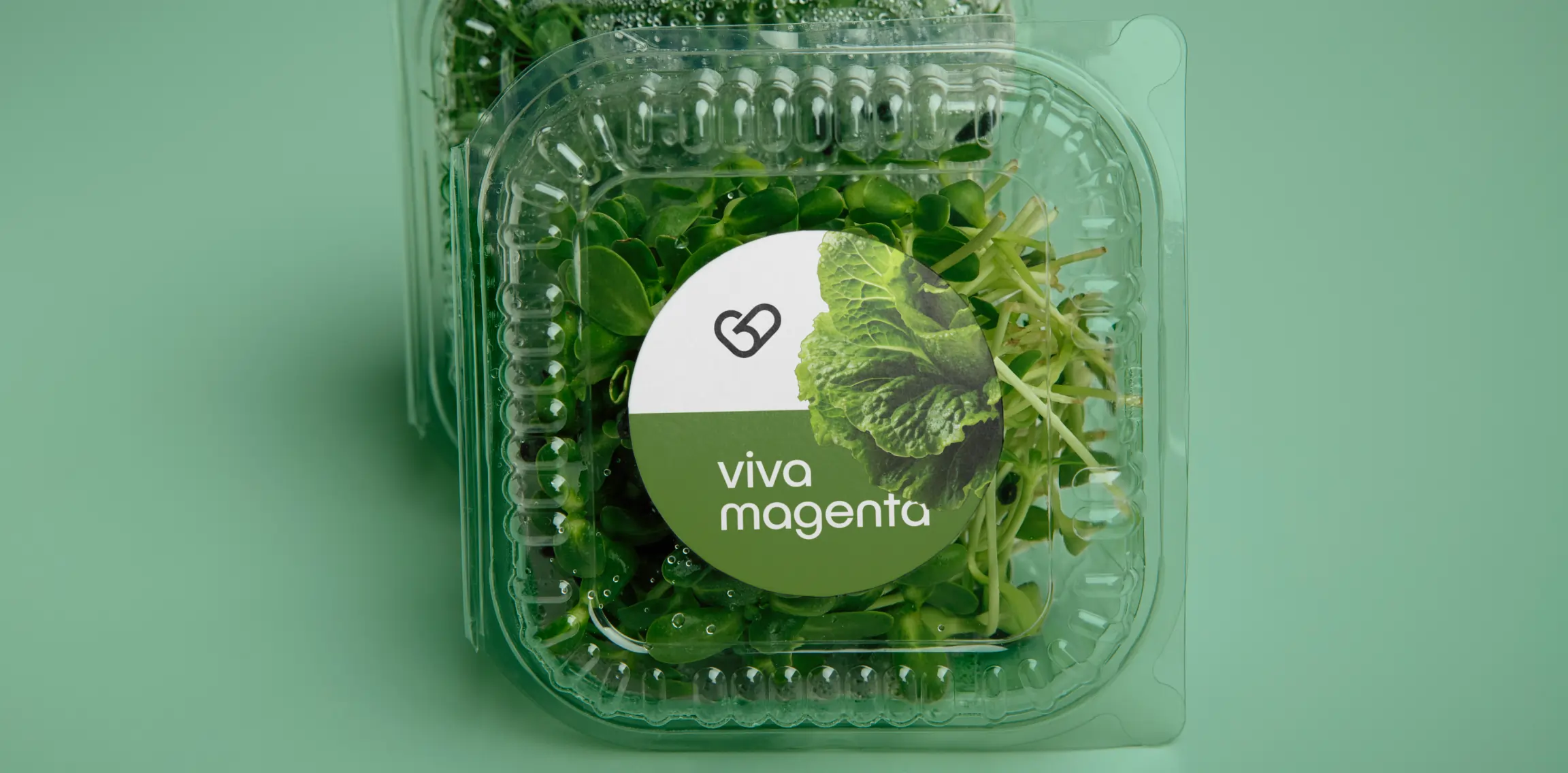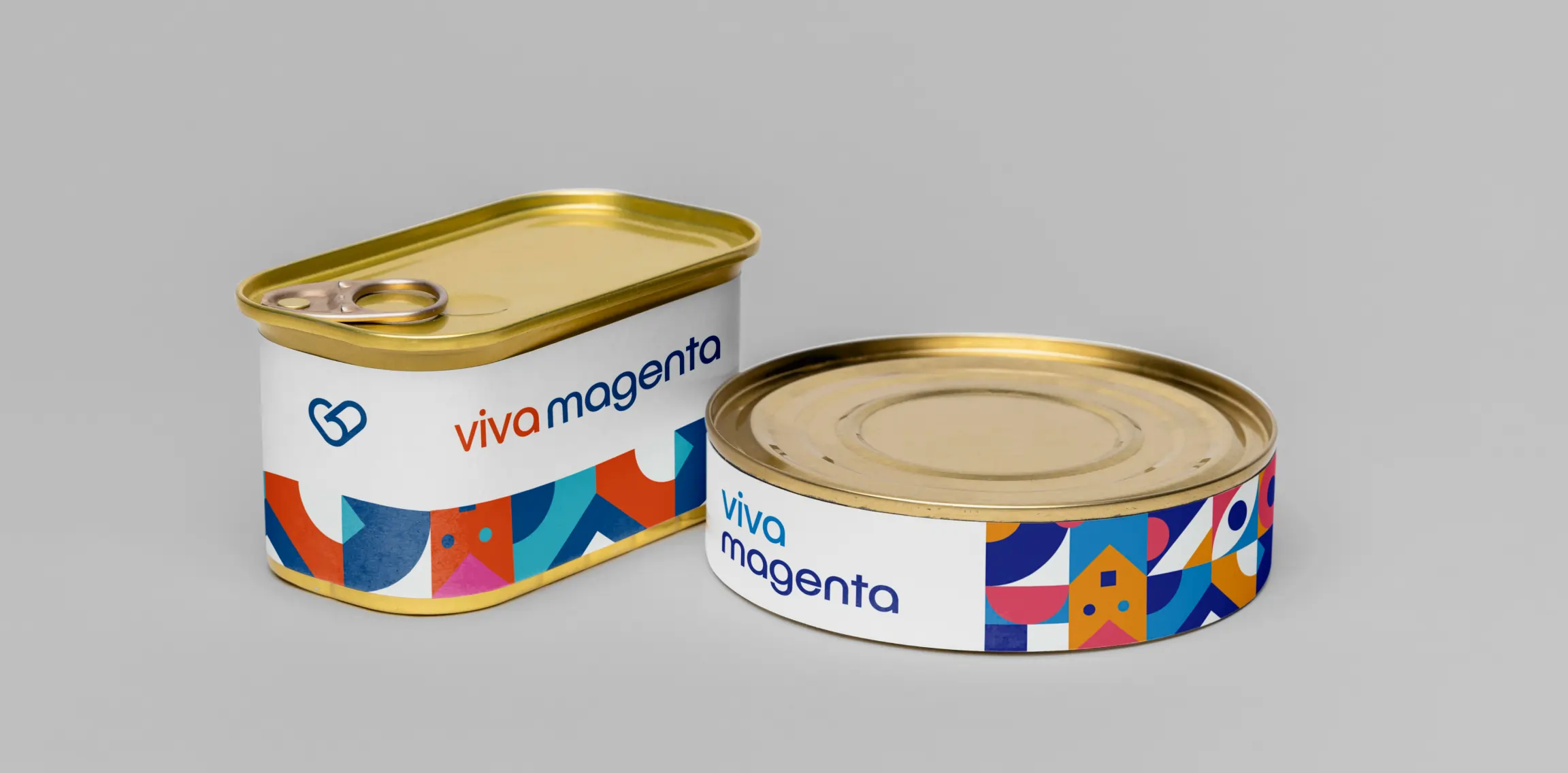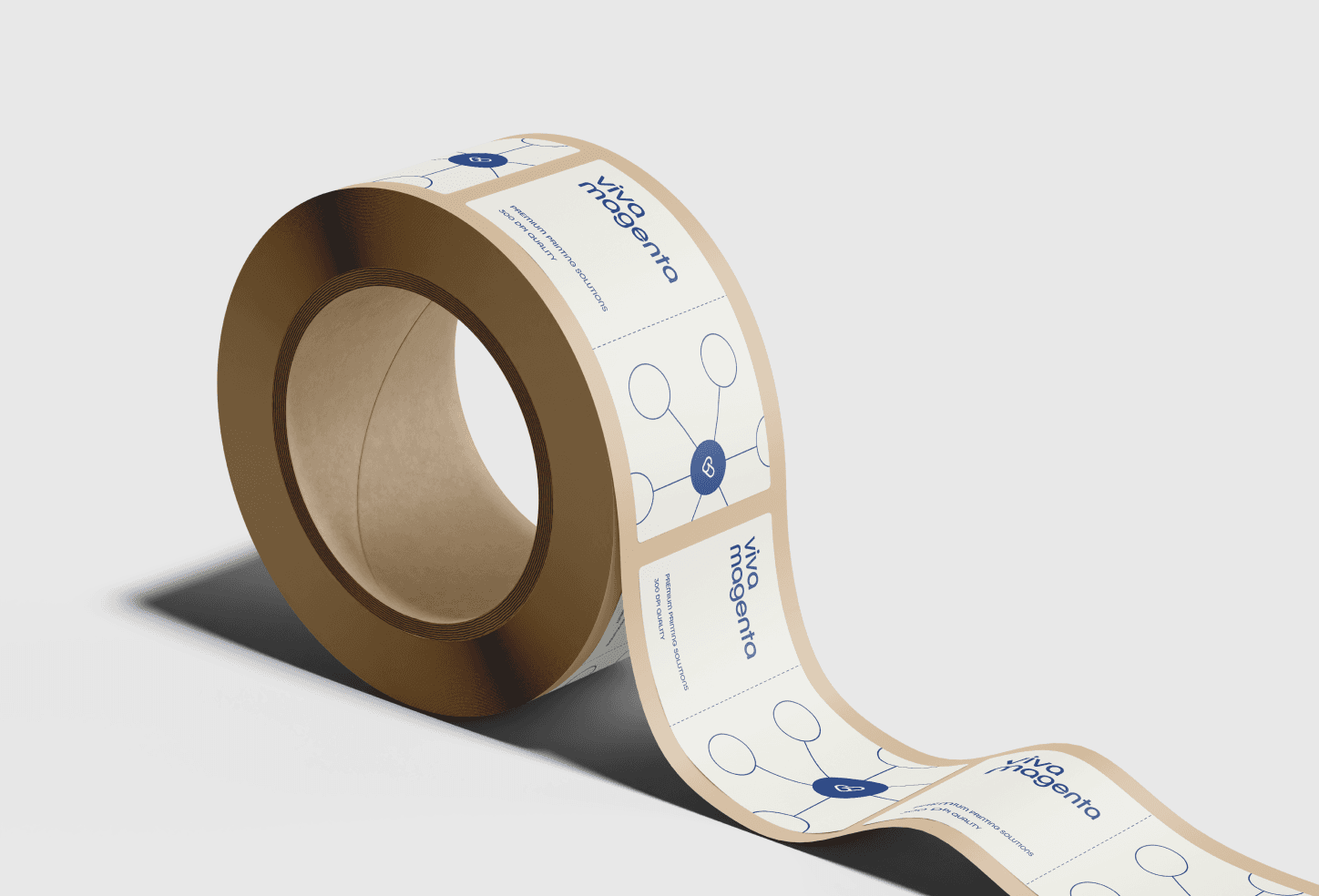Complete Guide to Food Labeling: Requirements, Materials, and Best Practices
What is Food Labeling?
Labels serve as the crucial bridge between consumers and their chosen products in the food packaging industry. Food labelling encompasses all written, printed, or graphic matter accompanying food products, including roll labels and adhesive labels designed to inform consumers about the product's contents, origins, and safety information.
In the diverse food packaging landscape, labels come in various forms, from classic paper labels with rustic charm to modern plastic options offering enhanced durability and clarity. This versatility ensures that every product finds its perfect match in terms of label type, aligning with brand identity and specific requirements.
What is Food Labeling and Why is it Important?
Food labelling goes beyond mere decoration; these adhesive labels are informative powerhouses that shape the consumer experience in multiple essential ways. First and foremost, they ensure consumer safety by providing crucial information about ingredients, allergens, and safe consumption practices. As brand ambassadors, labels communicate your product's story and values directly to consumers, creating an immediate connection at the point of sale. They also play a vital role in regulatory compliance, ensuring that all food packaging meets legal requirements while educating consumers about their purchases.
Through thoughtful design and clear information presentation, labels help products stand out on crowded shelves while enabling consumers to make informed decisions about their food choices. Understanding this multifaceted role is critical to appreciating their impact on consumer choices and brand perception, as they effectively bridge the gap between consumer information needs and brand communication requirements.
What are the 5 Requirements of a Food Label?
When it comes to food packaging, labels must meet five essential requirements that ensure both compliance and consumer safety:
Product Identity: The foundation of any food label begins with clear product identification. This includes a distinctive product name that accurately describes the food item and precise net quantity information that helps consumers understand exactly what they're purchasing. Brand information must be prominently displayed, including logos and any relevant trademarks. The product category or type should be indicated, especially when the product's form might not be immediately apparent from its name alone. This section ensures consumers can quickly identify and understand what they're buying.
Nutritional Information: This crucial component gives consumers detailed insights into the product's nutritional value. It must include a clear breakdown of calorie content per serving alongside comprehensive information about macro and micronutrients. The serving size should be clearly defined and relatable to common measurements. Percentage daily values help consumers understand how the product fits their daily nutritional needs, while information about essential vitamins and minerals provides a complete nutritional picture.
Ingredient List: Transparency in ingredient declaration is essential for consumer safety and trust. This section must present a complete list of ingredients in descending order by weight, clearly identifying common allergens. All additives, preservatives, and artificial ingredients must be declared using their proper names. Products containing allergens must be emphasised through bold text or other highlighting methods. This comprehensive ingredient declaration helps consumers make informed decisions about their food choices.
Manufacturing Details: Production information provides crucial traceability and safety assurance. This includes marking production dates and expiration or best-before dates to ensure proper product rotation and safety. Batch or lot numbers must be included for quality control and potential recall situations. The manufacturer's location and contact details should be readily available, providing consumers with a direct line of communication. This information builds trust and ensures accountability in the food supply chain.
Usage Instructions: Proper product handling and preparation instructions are vital for safety and optimal product experience. This section should include detailed storage requirements, including temperature and environmental conditions. Where applicable, clear preparation and cooking instructions ensure safe consumption. Special handling requirements must be highlighted, particularly for products requiring specific storage conditions or preparation methods. Serving suggestions can enhance the consumer experience, while any necessary safety warnings must be prominently displayed to prevent misuse.

What is Legally Required on a Food Label in the UK?
Food labelling regulations in the UK require specific information on all food packaging. Please note that rules may change, and producers should always check the latest guidance from the UK government and Food Standards Agency for the most current requirements. The following represents common requirements for food labels:
Name of the Food: The product must have a clear, accurate name that precisely describes the food item. This should be prominently displayed on the packaging and cannot be misleading about the nature or quality of the product.
Ingredient List: A complete list of all ingredients must be provided in descending order of weight. Allergens must be emphasised through bold type, contrasting colours, or underlining. This includes the 14 major allergens recognised by UK regulations.
Net Quantity: The total quantity of food in the package must be displayed in metric units (grams, kilograms, millilitres, or litres). Certain products may also display imperial measurements as additional information.
Date Marking: Products must clearly show either a 'use-by' date for highly perishable foods that could pose a food safety risk or a 'best-before' date for foods where quality rather than safety is the concern.
Storage Conditions: If necessary, special storage conditions or instructions for use must be clearly stated to ensure the stated shelf life. This includes refrigeration requirements or specific storage temperatures.
Name and Address: The packaging must clearly display the name and address of the manufacturer, packer, or seller established within the UK.
Country of Origin: The product's origin must be stated if its absence might mislead consumers about the true origin of the food. This is mandatory for specific food categories such as meat, fish, and fresh produce.
Nutritional Declaration: A nutritional declaration is mandatory and must include energy value and amounts of fat, saturates, carbohydrates, sugars, protein, and salt. This information should be presented per 100g/ml and may include additional per-serving information.
Lot or Batch Number: Each product must carry a lot or batch mark for traceability purposes, allowing identification of products from the same production run.
Special Instructions: Any special instructions needed for proper use or preparation must be included where their omission would make the food difficult to use appropriately.
Important Notice: This list serves as a general guide only. Food producers and manufacturers must consult the latest UK Food Labeling Regulations and seek appropriate legal advice to ensure full compliance. Regulations may vary for specific food categories, and additional requirements may apply for certain claims (health, nutrition, organic) or specific product categories. Regular checks of the Food Standards Agency website and government guidance are essential to staying current with labelling requirements.
Understanding Label Materials and Adhesives
The choice of label material and adhesive type significantly impacts the performance and durability of food packaging. Let's explore the key differences between materials and adhesive options available for food labels.
Paper vs. Plastic Labels: Key Differences
Paper and plastic labels each offer distinct advantages for food packaging applications. Paper labels provide excellent printability and an authentic, traditional appearance that works particularly well for artisanal and natural products. They're cost-effective and environmentally friendly, making them ideal for products stored in controlled environments. However, they may not perform well in moist conditions or when exposed to oils.
Plastic labels, on the other hand, offer superior durability and moisture resistance. They maintain their integrity even when exposed to refrigeration, freezing, or high humidity. While typically more expensive than paper, plastic labels provide better longevity and protection, making them cost-effective for products requiring extended shelf life or exposure to challenging environments.
Adhesive Types for Food Labels
The success of your food packaging labels depends heavily on choosing the right adhesive for your container surface. Two primary adhesive types serve different packaging needs:
Acrylic Adhesives are the go-to choice for smooth surfaces. They provide excellent clarity on glass bottles, metal cans, and smooth plastic containers.
Hot Melt Adhesives excel on textured and challenging surfaces. Their high initial tack creates strong bonds on cardboard boxes, textured plastic containers, and paper packaging.
Common Label Types and Applications
Different packaging requirements call for specific label solutions. Here are the most common types and their ideal applications:
Paper Labels:
Thermal Paper Labels: Ideal for variable information printing in retail environments
Gloss Paper Labels: Provide better moisture resistance while maintaining the traditional paper appearance
Plastic Labels:
White PP: Excellent for squeezable containers and personal care products
Transparent PP: Perfect for achieving the "no-label" look on clear containers
Metallic PP: Offers a metallic finish with the durability of plastic
Each label type can be further customised with different finishes such as gloss, matte, or soft-touch coatings to enhance visual and tactile appeal.
Strategic Considerations for Label Selection
When selecting labels for food packaging, manufacturers must carefully weigh several key factors. Durability requirements depend heavily on the product's environment and handling needs. Labels must withstand varying temperatures, potential moisture exposure, and regular handling while maintaining integrity throughout the product's shelf life. These considerations directly impact the choice between different label materials and finishes.
Cost considerations extend beyond the initial material price, including printing requirements, volume needs, and application methods. While some materials may have higher costs, their durability and effectiveness offer better long-term value.
The Impact of Effective Label Design
Effective label design must balance competing priorities while maintaining brand identity and consumer appeal. The design should facilitate easy reading of required information while creating a visual appeal that helps the product stand out on shelves. This delicate balance requires careful consideration of typography, colour schemes, and layout to ensure compliance and marketing effectiveness.
Your choice of adhesive roll labels should align seamlessly with your product positioning and target market preferences. The selected materials and design elements must work together to meet distribution requirements while staying within budget constraints. This holistic approach to label design ensures that your packaging complies with regulations and effectively communicates your brand's value proposition to consumers.
Conclusion
The art and science of food labelling require a careful balance between regulatory compliance, brand communication, and practical functionality. Whether choosing roll labels, adhesive labels, or specific materials for food packaging, success lies in understanding and meeting legal requirements and consumer needs.
Effective labelling goes beyond mere compliance—it's essential for brand building, consumer communication, and product success in the competitive food market. By considering all aspects of label selection, from material choice to design implementation, brands can create packaging solutions that meet regulatory requirements and resonate with their target audience.

